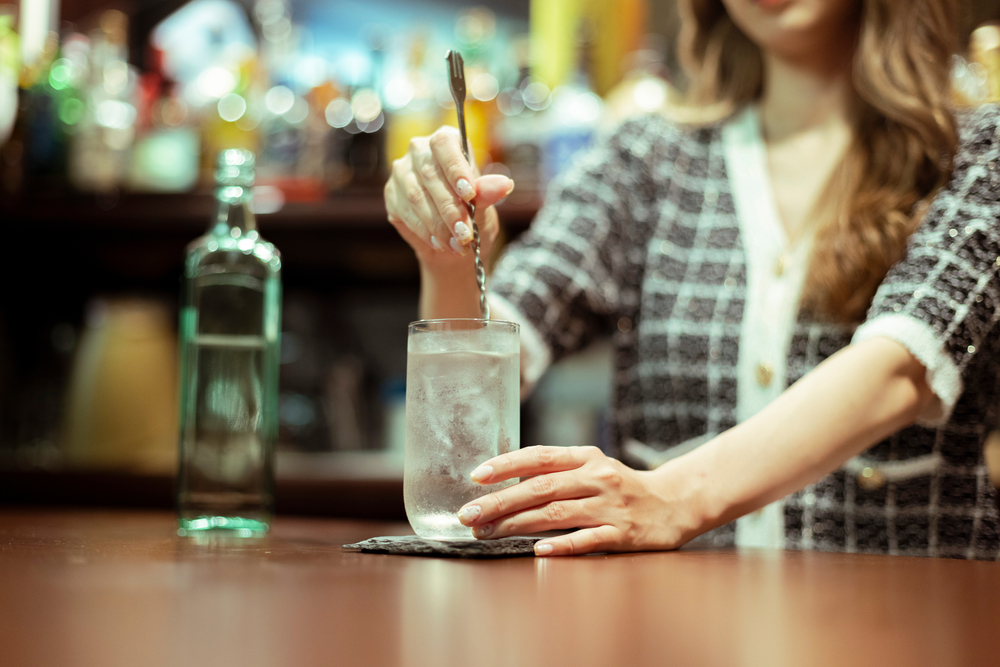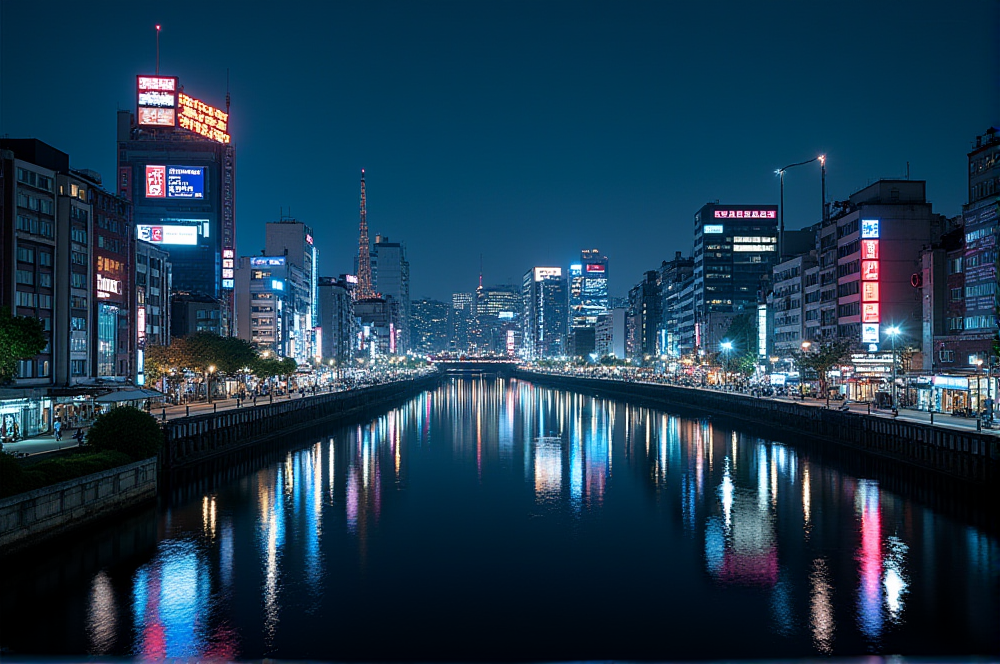

Shinjuku Kabukicho is known as the best entertainment district in the East” andthe city that never sleeps,” and is a world-famous Japanese downtown area.
There are many cabaret clubs, host clubs, and restaurants where you can enjoy alcohol, and the sex industry is also popular, making it popular among foreign tourists who want to experience Japanese nightlife.
This time, we will introduce the characteristics of the Shinjuku Kabukicho area, access from major stations, popular tourist spots, and FU-ZOKU district, which is close to Shinjuku Kabukicho.
If you are visiting Japan and planning to visit Shinjuku Kabukicho, please read this article to the end.
Characteristics of Shinjuku Kabukicho

Shinjuku Kabukicho is located about a 7-minute walk from Shinjuku Station, a gigantic terminal station recognized by the Guinness Book of World Records as having approximately 3.5 million passengers a day.
Currently, Shinjuku Kabukicho is a 600m square area filled with host clubs, cabaret clubs, izakayas, love hotels, etc., and is crowded every day with people of all ages, from teenagers to middle-aged people, known as “Toyoko Kids.” .
When Kabukicho was first created, there was a plan to build a Kabuki theater, so although there is no Kabuki theater, the word “Kabuki” is included in the town name.
Access to Shinjuku Kabukicho
Shinjuku Kabukicho is a convenient area that is easily accessible from Tokyo’s major stations using subways and trains.
We will introduce how to access Shinjuku Kabukicho from each station.
Access from Shinjuku Station to Kabukicho
Access to Kabukicho from Shinjuku Station is as follows.

The Shinjuku Station exit closest to Shinjuku Kabukicho is the Shinjuku Station East Exit.
Access from Tokyo Station
Access from Tokyo Station to Shinjuku Station is as follows.

It is convenient to go from Tokyo Station to Shinjuku Station by train or subway.
Access from Shinagawa Station
Access from Shinagawa Station to Shinjuku Station is as follows.

The JR line is the most convenient way to get from Shinagawa Station to Shinjuku Station.
Access from Ueno Station
Access from Ueno Station to Shinjuku Station is as follows.

You may need to transfer to get from Ueno Station to Shinjuku Station, but trains and subways are faster.
Access from Shibuya Station
Access from Shibuya Station to Shinjuku Station is as follows.

The fastest way to travel from Shibuya Station to Shinjuku Station is by train or subway.
Access from Ikebukuro Station
Access from Ikebukuro Station to Shinjuku Station is as follows.

You can also go from Ikebukuro Station to Shinjuku Station on both the JR line and the subway without changing trains.
Sightseeing spots in Shinjuku Kabukicho

Since around the 2000s, redevelopment has been underway to make it a clean city, and in the 2010s, it became a major tourist destination with signs such as “Godzilla Building” and “I♡Kabukicho” being installed.
From here, I will introduce tourist spots in Shinjuku Kabukicho.
“Shinjuku Golden Gai” where you can enjoy the atmosphere of the Showa era
Shinjuku Golden Gai is a deep bar district with a retro atmosphere that retains its Showa era appearance from the 1950s.
After the war, there are more than 200 bars crammed into a narrow 50 meter square area that used to be a black market, and you can feel the Showa era atmosphere from the moment you step inside.
Speaking of Kabukicho, it is “Kabukicho Red Light District”
Shinjuku’s Kabukicho entertainment district is packed with a wide variety of restaurants, including cabaret clubs, host clubs, and izakaya bars, as well as sex shops, many of which are open 24 hours a day.
This is why it is called the “city that never sleeps”.
In recent years, the entertainment facilities in the TOHO Cinemas Shinjuku cinema complex and Kabukicho Tower have also become popular.
“Godzilla Head” famous in Japanese special effects movies
Godzilla Head is a gigantic 12m object built to commemorate the 60th anniversary of the famous Japanese special effects film, Godzilla.
It is installed on the outdoor terrace on the 8th floor of the Shinjuku Toho Building, and the size of Godzilla’s head is said to be the same size as the one in the first movie.
If you want to have a ninja experience, “Ninja Karakuri House”
Shuriken Dojo Shinjuku Ninja Karakuri House, located on the 4th floor of the Daiichi Kazuko Building in the center of Kabukicho, Shinjuku, is a theme park where you can experience ninja experiences such as throwing shuriken and batto.
There is a corridor with vermilion pillars of the Japanese ninja mansion you see in movies, a Japanese-style room with Japanese swords and ninja swords, and you can throw shurikens and try your hand at swordsmanship.
Those who complete the attraction will be presented with a real ninja and can take a commemorative photo with the ninja.
Hanazono Shrine, famous for one of the three major Tori fairs in Kanto
There are several shrines around Shinjuku Kabukicho.
Among them, Hanazono Shrine is famous for the “Tori no Ichi” held on Tori Day in November.
The Great Tori Festival is one of the three major Tori fairs in the Kanto region, and attracts 600,000 people every year to buy the rakes that are sold here.
It is said to bring good luck in matchmaking and entertainment, and the goshuin stamps and unique fortunes and amulets are also popular.
“Inari Kio Shrine”, which enshrines demons
Inari Kio Shrine, located in Kabukicho, Shinjuku, has a history of nearly 400 years and is the only shrine in Japan that enshrines a god with the same power as the Oni King, and was famous in Japan during the Edo period.
As a shrine that bestows good fortune on demons, it is famous for its “Nade Mamori,” which is said to be beneficial for diseases such as eczema and tumors.
It is said that when you suffer from an illness, you can cure your illness by doing tofu cutting,” or refraining from eating tofu, and then stroking the affected area with”Natsumori.”
FU-ZOKU street near Shinjuku Kabukicho

If you are visiting Shinjuku Kabukicho, which is so famous that it is said to be the best FU-ZOKU district in Japan, it would be a waste not to use FU-ZOKU.
From here, I will introduce FU-ZOKU district near Shinjuku Kabukicho.
“Shinjuku Kabukicho” is famous as the best FU-ZOKU district in Japan.
In Shinjuku Kabukicho, there are not only non-store type FU-ZOKU shops such as Outcall escort service and Hotel escort service, but also various types of FU-ZOKU shops such as Soap Land (Massage Parlor) and FU-ZOKU esthetic.
Shinjuku Kabukicho is divided into “1-chome” on the south side and”2-chome” on the north side across Hanamichi Dori.
1-chome is a downtown area lined with restaurants and FU-ZOKU shops, and 2-chome is one of the best love hotel areas in Tokyo.
Be careful with calls called “catch.”
At the FU-ZOKU shop in Kabukicho, Shinjuku, you can find We recommend “Gingira Tokyo” for gal delivery health, “Miseijuku“ for loli delivery health, and “SHINJUKUKYONYU DELIHEALOPPAIMART” for big breasted delivery health.
The SM club “ROBOT DERIHERU” where you can choose to have a conversation or not is also popular with foreign travelers visiting Japan.
Okubo/Shin-Okubo is a multinational town with a Korean town.
Okubo/Shin-Okubo is one of the FU-ZOKU districts near Shinjuku Kabukicho.
It is the most multinational city in Tokyo, and Shin-Okubo in particular is popular among young people as Korean Town.
Since there is also a love hotel area, non-store services such as outcall escort service and hotel escort service are mainstream.
It is characterized by a wide range of genres of non-store services.
Unlike Shinjuku Kabukicho, there are almost no catches, so even beginners to FU-ZOKU can use it with confidence.
At FU-ZOKU shop in Okubo/Shin-Okubo, you can find “Ultra Omotenashi” where you can receive the best hospitality, “BBW” which is popular for those with big breasts larger than an I cup, “Ultra★Kawaii” and “TOKIMEKIJUNJOURORIGAKUEN TOKYO OTOMEGUMI SHINJUKUKOU.
summary

In this article, we introduced the characteristics of the Shinjuku Kabukicho area, access from major stations, popular tourist spots, and FU-ZOKU Street, which is close to Shinjuku Kabukicho.
If you want to fully experience Shinjuku Kabukicho, the number one entertainment district in the East, you cannot miss using FU-ZOKU.
If you are visiting Japan and planning to visit Shinjuku Kabukicho, do some research in advance using City Heaven Traveler’s FU-ZOKU shop search.
City Heaven is Japan’s largest FU-ZOKU information site.
If you are interested, please use City Heaven Traveler’s store search to find the FU-ZOKU shop of your choice.
【Click here to search FU-ZOKU shop for foreign travelers visiting Japan】 City Heaven Traveler
【Q&A】
Q1.What is the most convenient means of transportation to get to Shinjuku Kabukicho?
A1. Shinjuku Station, where Shinjuku Kabukicho is located, is a huge terminal station that is connected to many JR, private railway, and subway lines. If you are traveling from within Tokyo, it is convenient to use the train. However, since Shinjuku Station is a very widely used route, the directions inside the station are often complicated, so in some cases it may be easier to visit Shinjuku Kabukicho directly by taxi.
Q2.What is the most convenient means of transportation to go from Haneda Airport to Shinjuku Kabukicho?
A2.If you are heading to Shinjuku Station from Haneda Airport, it is cheap and convenient to use a limousine bus or train. If you travel by taxi, it will take about the same amount of time, but the fare will likely be around 8,000 to 10,000 yen.




